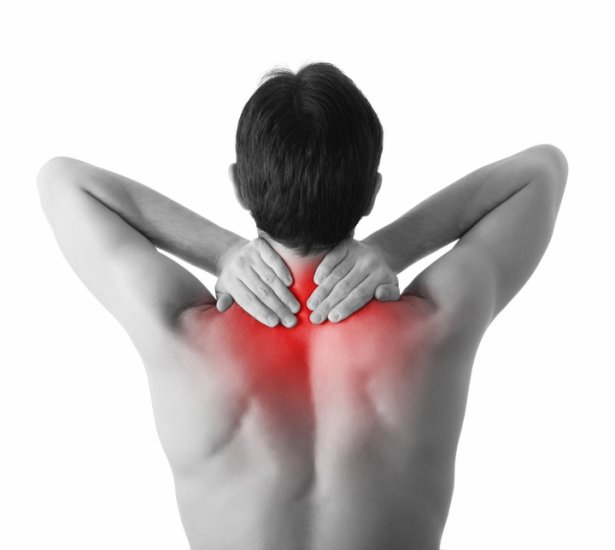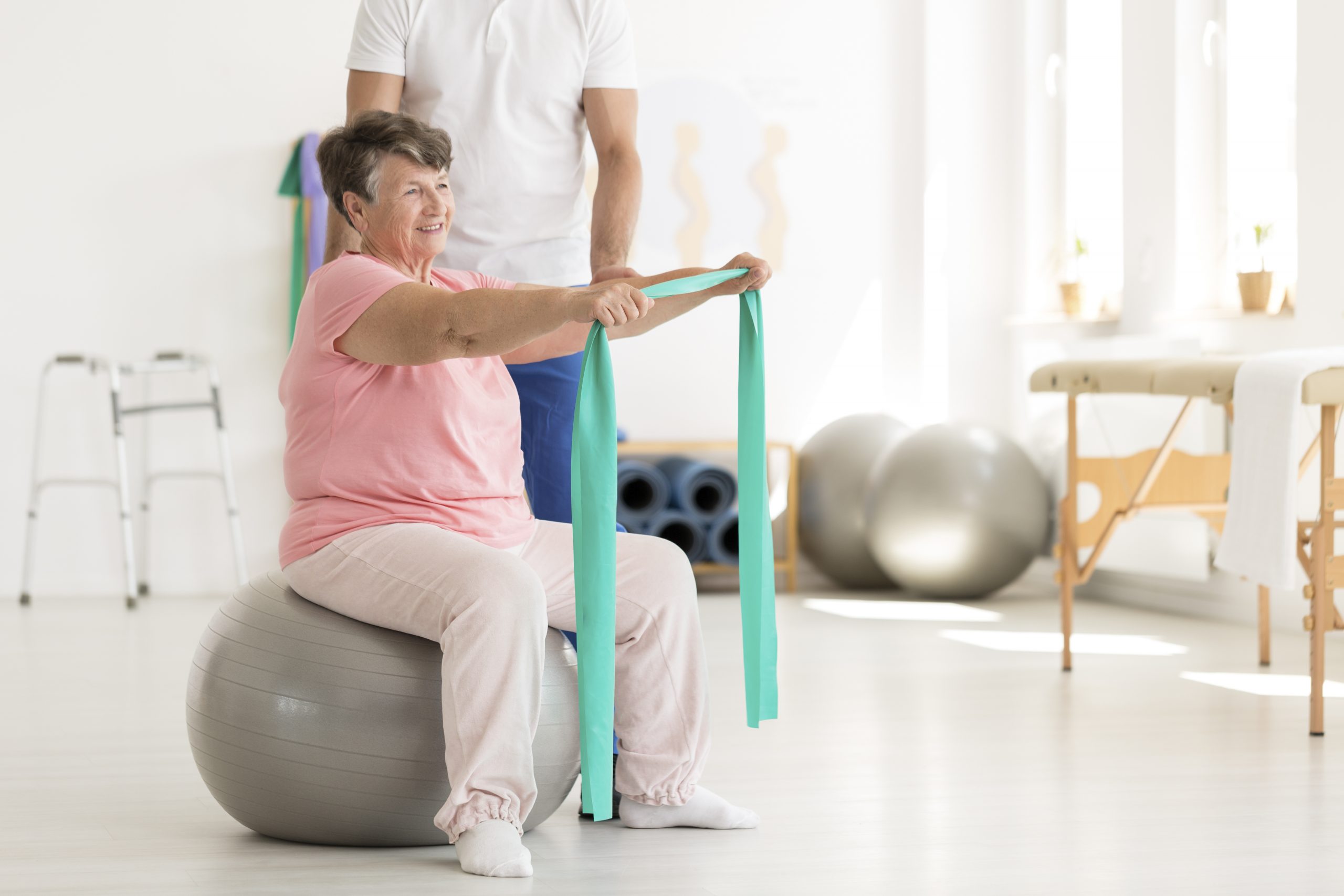
Sport injuries + Return to Sport
What is Orthopedic Revalidation with the 4 x T® Method:
The 4 x T® method is a new way of treatment for joint and muscle problems. It is faster, more efficient and has better and long lasting effects.
This method combines (new) manual techniques with myofascial release and taping according to the 4 x T® algorithm. 4 x T® means “Test, Trigger, Tape, Train”. First the fascia is tested. If this gives a positive effect, a trigger (treatment) is applied. With tape the improved position of the fascia will be held in this way. After several of these improvements you will receive specific exercises (train). Instant and lasting results!
What is Medical Fitness:
You will be given an individualized workout routine that is right for you in addition to a personal assessment by a physical therapist.
Rather than jumping right in without guidance or instruction, your personal baseline and needs will be assessed so you can be coached and guided through a fitness, mobility, and disease prevention and management program in order to help you to minimize the risk of injury while improving all aspects of your health.


What is Medical Taping:
Medical taping is the collective name for taping with the characteristic, brightly colored, elastic tape.
Medical tape can be used for many different types of injuries. The tape can also be used for posture correction, support joints, swelling reduction, pain reduction and improving skin condition for example with scar tissue.
Medical taping is extremely versatile. With medical taping, the tape is used that has the same elasticity as the skin, is very thin and sticks well, it is ventilating, skin-friendly, moisture-resistant and anti-allergic.
What is Manual Therapy Mulligan Concept:
The Mulligan concept encompasses a number of mobilizing treatment techniques that can be applied to any joint of the spine, arms and legs. The core of the Mulligan concept is the Mobilization With Movement (MWM). During the examination the therapist will determine if a joint restriction, range of motion loss, or pain is being generated by a joint. Then, the therapist will reposition that joint, using his hands or a belt, in order to provide a situation that allows you to move further through the range of motion and reduce pain.
The benefits of this technique are an immediate reduction in pain, an improvement in range of motion, and a long lasting effect.
This treatment approach may benefit any patient with a joint related pain and/or a range of motion restriction related to a joint problem.


What is fascia therapy:
Fascia, or connective tissues, supports structures in your body. It surrounds tissues and provides shape for muscles, tendons, and joints. But it also can help with functional movement by reducing friction between structures. Fascia provides moveable wrappings around muscles, tendons, and nerves. But fascia can tighten up when stressed or injured.
Fascia therapy stretches the fascia and can be used anywhere there are fascial restrictions. It breaks down adhesions between the tissues and softens and re-aligns them, freeing up muscles and allowing easier and more effective movement.
Myofascial Release can improve posture, ease areas of muscle tension and improve flexibility.
What is Myofascial Trigger Point Therapy:
A myofascial trigger point is a hyperirritable point in skeletal muscle that is associated with a hypersensitive palpable nodule. Trigger points may develop after an initial injury to muscle fibers. The trigger point causes pain and stress in the muscle or muscle fiber and even towards other parts of the body, called referred pain.
Trigger point therapy involves the applied pressure to these painful, sensitive areas in order to alleviate the pain on site and in other areas of the body.
What is the Watson Headache Approach:
Barry Kersten attended the 3 day Watson Headache® Institute, Level 1 Headache Course titled “The Role of C1-C3 Cervical Afferents in Primary Headache”. The course was held on 14 April 2016, in Rijswijk, and presented by Dean H Watson, Australian Musculoskeletal Physiotherapist. For further information, go to: www.WatsonHeadache.com.
The course comprised 24 hours and was based on the Watson Headache® Approach, a protocol for the skilled assessment and management of the upper cervical (neck) spine in headache and migraine conditions. The Watson Headache® Approach is recognised as a scientifically researched method of examination and treatment.
The diagnostic accuracy of the Watson Headache® Approach is unparalleled. It can confirm if disorders in the upper neck are responsible for headache or migraine and determine the exact nature of the disorder as well as which spinal joints are involved.
There is no guesswork and no cracking or manipulation. Its unique and powerful feature involves temporary reproduction and resolution (easing) of usual head pain. For further information, go to: www.WatsonHeadacheApproach.com.
Book an Appointment with Barry Kersten to find out how you, or a family member can be helped with your headache and/or migraine. If you have a friend or colleague who has headache or migraine please let them know that Barry Kersten can help by providing a skilled assessment of the upper cervical (neck) spine and work out if the neck is the cause of or contributing to their headache or migraine.
First appointment will be 1 hour. Please specify when you call or mail. Next appointments are half an hour. The treatments do not involve any manipulations or cracking. Preferably come for a treatment when you do not have a migraine attack.

